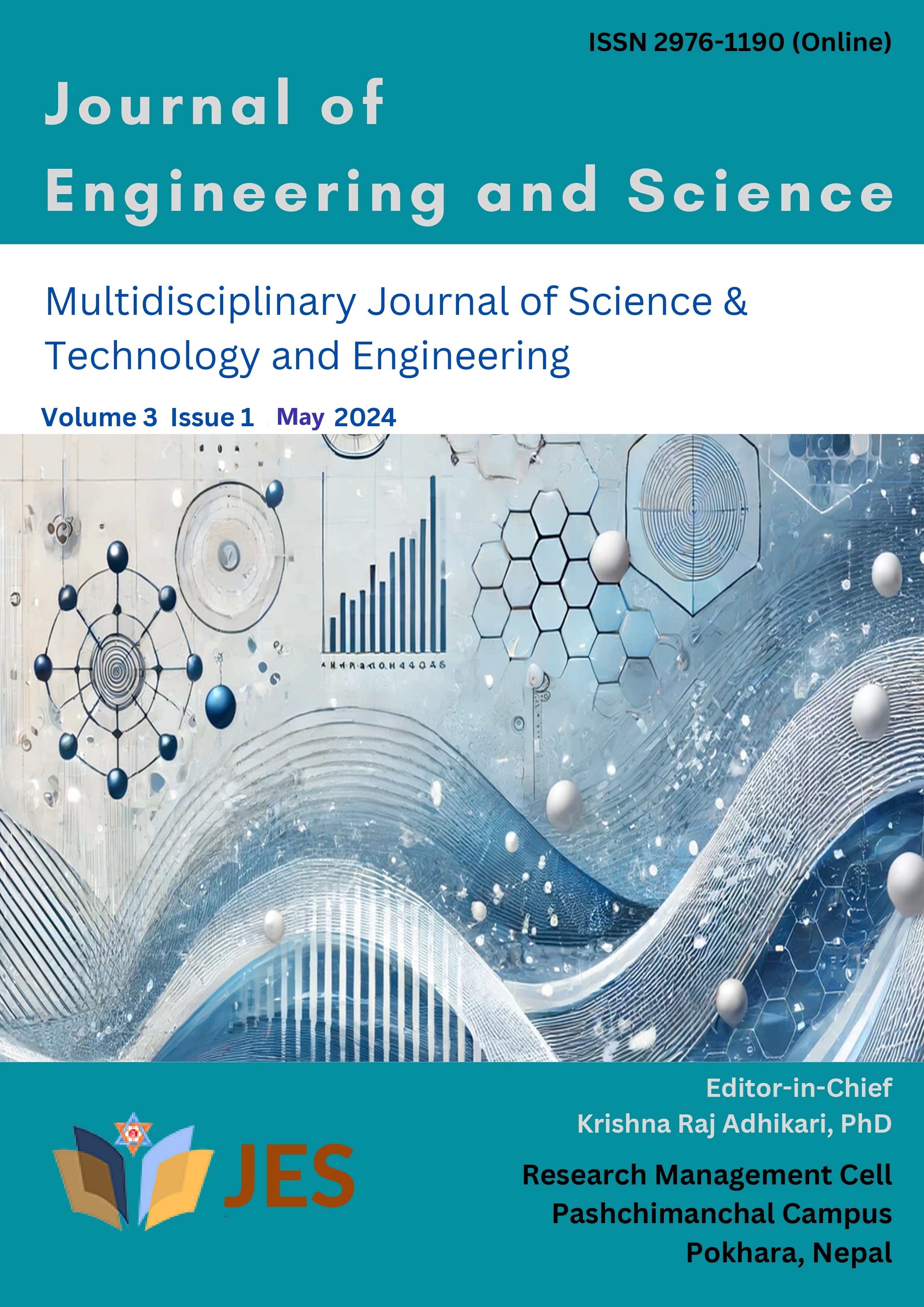Stability Challenges and Remedial Practices in Himalayan Hydro-power Tunnels – A Review
DOI:
https://doi.org/10.3126/jes2.v3i1.66229Keywords:
Geological Anomalies, Himalayas, Stability, Stress Anisotropy, TunnellingAbstract
The instability in tunnels is mainly affected by geological anomalies, rock mass quality, complex geological structures, active tectonics, and stress anisotropy. This review article presents challenges associated with stability and applied remedial measures prevailing in hydropower tunnels in the Himalayas. The review covers nine hydropower tunnels located in different parts of the Himalayas. The review found that rock bursting/spalling frequently occurs when the tunnel passes through a high overburden with good rock mass quality. On the other hand, plastic deformation (squeezing) occurs when a tunnel passes through the weak and schistose rock mass. It has been found through the review that the tunnel crew was able to successfully solve instability challenges. Effective planning, design, and selection of appropriate construction techniques help to complete tunneling projects in the Himalayas.
Downloads
Downloads
Published
How to Cite
Issue
Section
License
Copyright (c) 2024 The Author(s)

This work is licensed under a Creative Commons Attribution 4.0 International License.
CC BY: This license allows reusers to distribute, remix, adapt, and build upon the material in any medium or format, so long as attribution is given to the creator. The license allows for commercial use.




